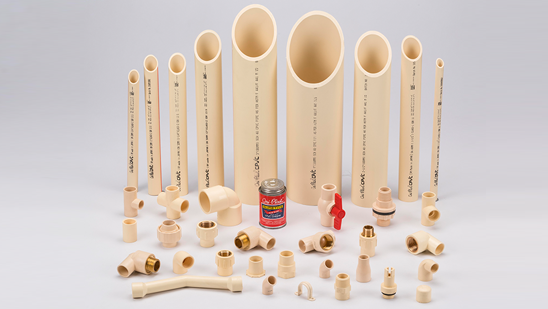

Ideal solutions for complete water supply system with zero maintenance for hot-n-cold water.


Chlorinated Polyvinyl Chloride or cPVC is modern age thermoplastic material which is produced by chlorination of polyvinyl chloride (PVC) resin. cPVC is the result of new technology that ensures increased products toughness year round. cPVC Pipes & Fittings of Ori-Plast are ideal solution for complete water supply system. It is best described as a ‘Fit & Forget’ system with zero maintenance. Used in Residential Buildings, Commercial Buildings, Hotels, Educational Institutions. Swimming Pools etc. that require hygienic and uncontaminated supply of water as well as in industries – chemical factories & plants. Widely used for indoor application for both cold & hot water supply. When used with Ori-Plast ‘sure tight’ solvent cement, ensures zero leakage. Service life of cPVC Pipes & Fittings are more than 50 years.amp;
